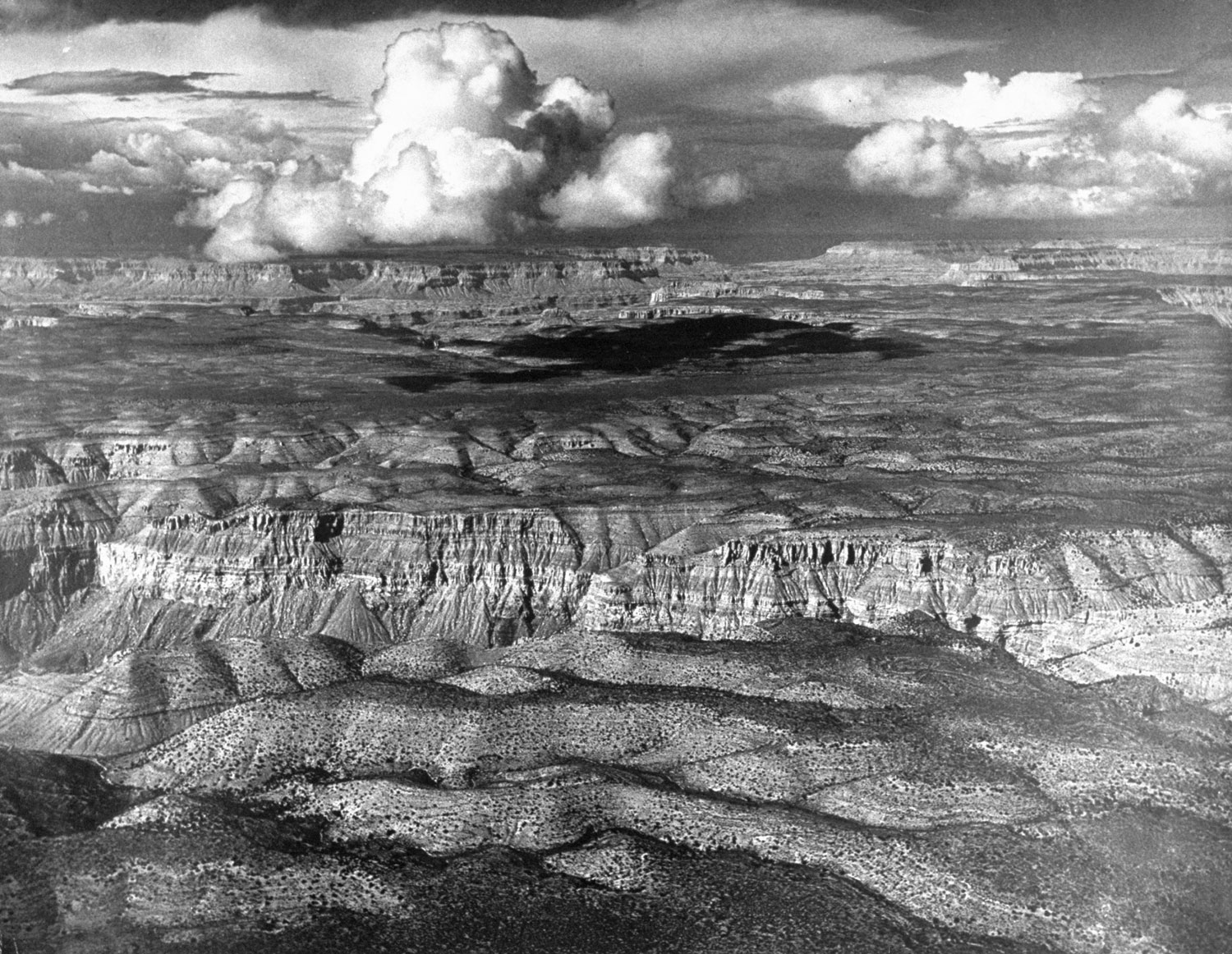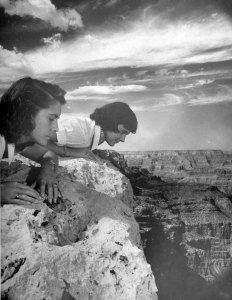
A few years ago, public television in the United States aired a marvelous, six-episode Ken Burns documentary called The National Parks: America’s Best Idea. The doc didn’t get as much media attention — or draw as many viewers — as some of Burns’ other enormously popular endeavors (The Civil War, Baseball, The War) but it was still an entertaining and, not surprisingly, highly informative take on the creation and evolution of America’s spectacular national parks system.
Perhaps the most notable achievement of the entire project, however, is that with three words, the title of the series managed to articulate a fundamental, unassailable truth: the parks system really is “America’s best idea.”
After all, while America is known as the birthplace of countless innovations, it didn’t invent, say, democracy, so there’s no laying claim to that. And while Americans surely invented jazz and baseball — and, even more importantly, rotisserie baseball — those are not really ideas, per se. The parks system, on the other hand, grew out of a wholly American idea — a national philosophy — summed up quite perfectly by a national treasure of another sort, the one and only Woody Guthrie: This land is your land, this land is my land …
[See the gallery of photos from 1943, “LIFE With Woody Guthrie: Photos of an American Treasure.”]
Of all the national parks, the one that most immediately and enduringly commands awe is, of course, Grand Canyon. As LIFE wrote in a feature story on the canyon in its Sept. 8, 1947, issue:
Theodore Roosevelt once said of the Grand Canyon, “It is beyond comparison — beyond description — the one great sight which every American should see” …. Gouged out of the high tablelands of Arizona by the ceaseless erosion of wind, rain and the Colorado River, the Grand Canyon is a titanic trough 217 miles long, averaging a mile deep and 4 to 18 miles wide. In its gorge, like the ribs of some vast vertebrate animal, are hundreds of mountain peaks, most of which are taller than any mountains east of the Rockies, yet all are below the level of a tourist standing on the canyon’s rim.
Here, on the anniversary of the day that Teddy Roosevelt declared the Grand Canyon area a national monument — January 11, 1908 — LIFE.com takes a long look at one photograph, made by Frank Scherschel, that manages in one frame to evoke the entire region’s unfathomable size and raw grandeur.
(Note: While Roosevelt named it a national monument as early as 1908, the Grand Canyon region was not reclassified as a national park for another 11 long years, with commercial interests — mining, mineral and timber companies, for example — lining up to block reclassification efforts for more than a decade. An Act of Congress establishing Grand Canyon National Park was finally signed into law by President Woodrow Wilson in February 1919.)
For his own part, Roosevelt said of the more than 800,000 acres of the Grand Canyon area that he had set aside: “Let this great wonder of nature remain as it now is. You cannot improve on it. But what you can do is keep it for your children, your children’s children, and all who come after you.”
Amen to that, Teddy. Amen to that.


More Must-Reads from TIME
- Donald Trump Is TIME's 2024 Person of the Year
- Why We Chose Trump as Person of the Year
- Is Intermittent Fasting Good or Bad for You?
- The 100 Must-Read Books of 2024
- The 20 Best Christmas TV Episodes
- Column: If Optimism Feels Ridiculous Now, Try Hope
- The Future of Climate Action Is Trade Policy
- Merle Bombardieri Is Helping People Make the Baby Decision
Contact us at letters@time.com